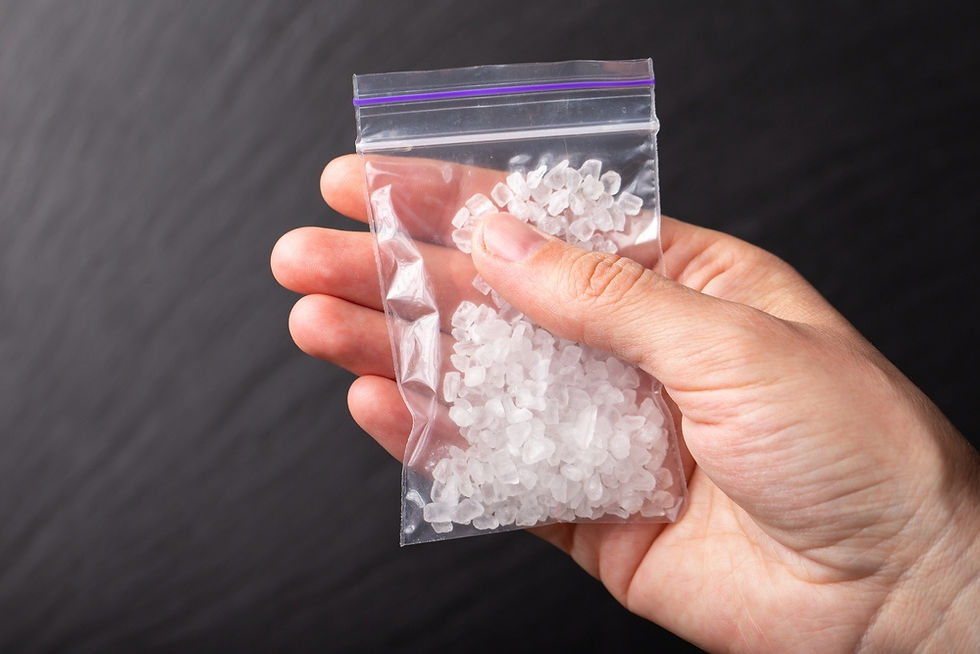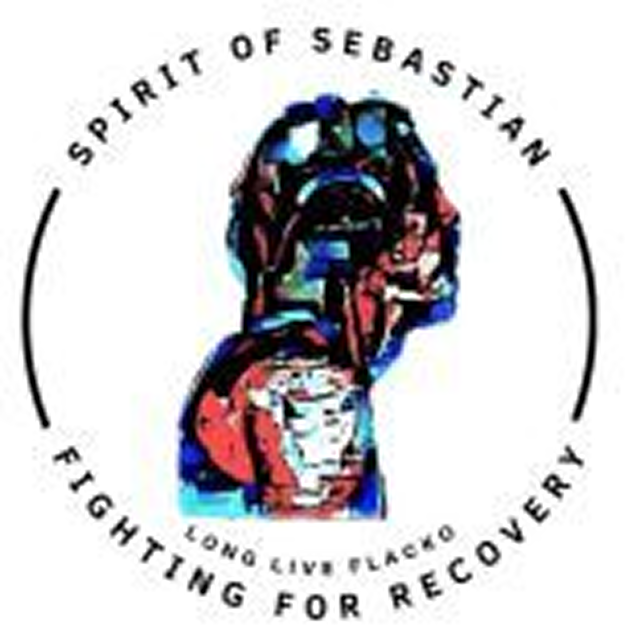Crack
Crack cocaine is a powerful, highly addictive stimulant drug made by processing powdered cocaine into a smokable form.

The Origins of Crack Cocaine
Crack cocaine emerged in the mid-1980s as a smokable form of cocaine. It was developed by processing powdered cocaine hydrochloride with baking soda or ammonia and water, then heating the mixture to remove the hydrochloride. The result is a hard, rock-like substance that can be smoked.
Crack was widely distributed due to its low cost, rapid high, and ease of use, quickly becoming one of the most devastating drugs in urban communities, especially in the United States.
A VICIOUS CYCLE
Cocaine was originally promoted in the late 1800s as a medicinal stimulant and even found in early versions of Coca-Cola. Its addictive nature quickly became apparent.
As powdered cocaine became associated with wealth and party culture, crack surfaced as a cheap, smokable alternative targeting poorer communities. Crack delivers an intense, short-lived high that causes extreme psychological dependency.
This cycle of “instant high → instant crash → immediate craving” has made crack one of the most psychologically addictive substances known today.
What Does Crack Look Like?
Crack cocaine appears as small, hard, off-white or yellowish “rocks”. These rocks vary in size and shape. The name "crack" comes from the crackling sound it makes when heated and smoked.
It is typically smoked in a glass pipe or homemade device. Smoking crack produces an immediate, intense euphoric high that lasts only 5–10 minutes—causing users to smoke repeatedly and compulsively.
The drug is often mixed with other substances, making its potency and risks unpredictable. Like street heroin, users never truly know what they're ingesting.
The Destructive Effects of Crack Cocaine
IMMEDIATE HARM
When smoked, crack produces a powerful rush of euphoria, usually followed by:
Increased energy
Heightened alertness
Loss of appetite
Hyperstimulation
Anxiety or panic attacks
Aggressive or erratic behavior
As the effects wear off, users often crash into intense depression, fatigue, and irritability, fueling immediate cravings for more.
SHORT-TERM EFFECTS
Intense, short-lived high
Hyperactivity and restlessness
Paranoia
Elevated heart rate and blood pressure
Increased body temperature
Insomnia
Severe anxiety or panic attacks
Aggressive or violent behavior
Risk of overdose, seizures, or heart attack
LONG-TERM EFFECTS
Prolonged use of crack cocaine can severely damage the brain and body:
Permanent damage to blood vessels of the heart and brain
High risk of stroke and cardiac arrest
Respiratory problems (chronic coughing, lung damage)
Severe depression and suicidal thoughts
Hallucinations (auditory and visual)
Paranoia, psychosis, and schizophrenia-like symptoms
Malnutrition and weight loss
Decayed teeth (“crack mouth”)
Risk of HIV, hepatitis, and other infections from risky behaviors
Financial ruin, broken relationships, homelessness
Behavioral Changes
Sudden aggression or paranoia
Hyperactive or manic behavior
Risky or illegal actions
Emotional outbursts or mood swings
Isolation from family and friends
Neglect of responsibilities (work, school, children)
Physical Changes
Dilated pupils
Sudden weight loss
Burns on lips or fingers from pipes
Frequent nosebleeds (if snorted)
Insomnia and fatigue
Muscle twitches or tremors
Poor hygiene or appearance
Social Changes
Loss of interest in relationships or hobbies
Involvement in crime or legal trouble
Financial issues or theft to support habit
Unstable or dangerous living conditions
Withdrawal from supportive social networks
Continued use despite serious consequences
